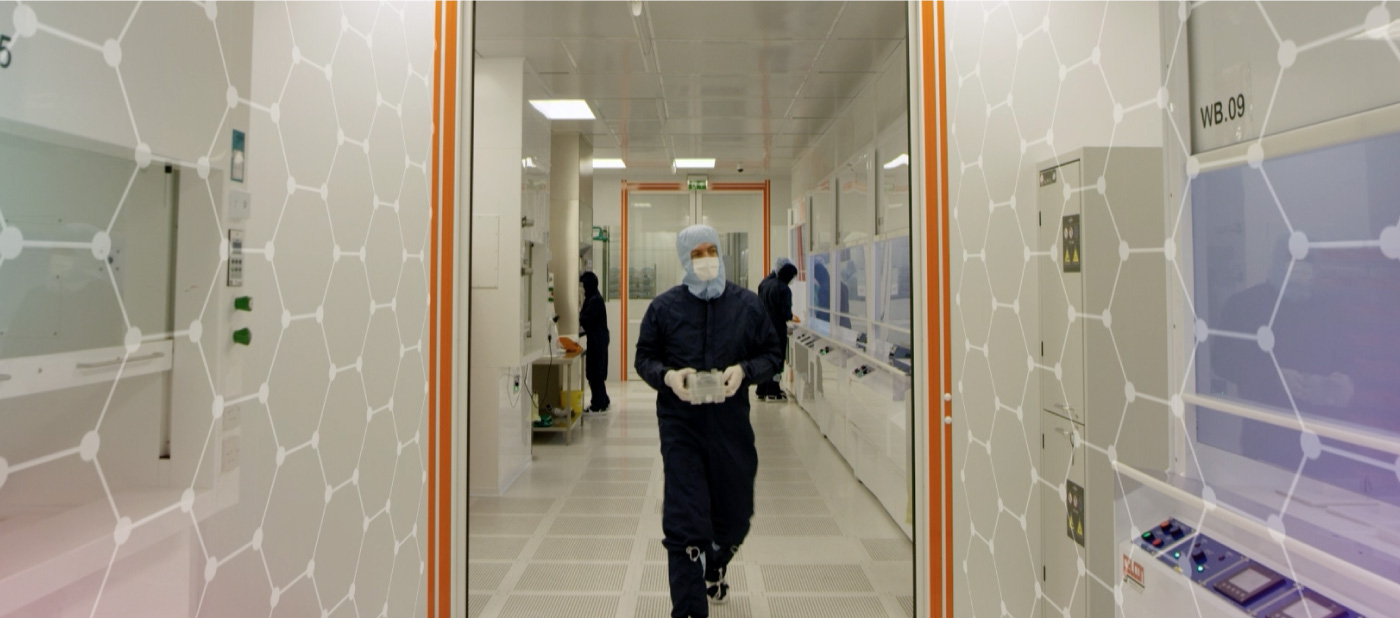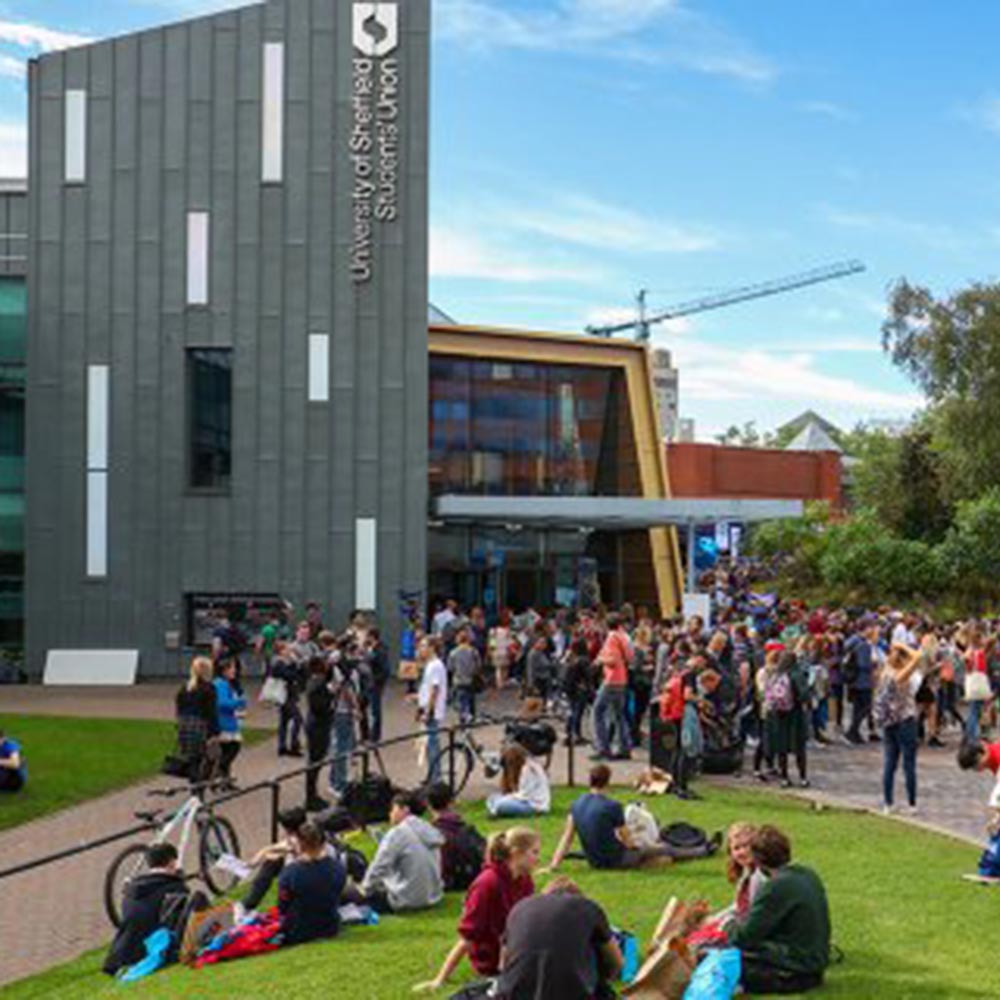Battery Innovation Surges Ahead at Sheffield
The Henry Royce Institute’s state-of-the-art X-ray Diffractometer (XRD) is being used to take measurements from energy storage materials during operation, providing answers to fundamental questions. Hosted at the University of Sheffield, Malvern Panalytical’s Empyrean is an industry-leading instrument capable of delivering high energy x-rays. Easy access to rare equipment as the Empyrean is revolutionising battery research at Sheffield and facilitating the UK’s long-term commitment to greener energy solutions.
The FutureCat project – led by Professor Serena Corr and involving partners across industry and academia – aims to increase the range and acceleration of electric vehicles. Taking a joined up approach to cathode chemistry design and development, FutureCat will deliver cathodes that hold more charge for longer. Improved understanding of the atomic-level changes that occur during electrochemical cycling, enabled by the Empyrean, will be crucial in delivering on these goals.
innovative battery applications
This isn’t the only application of the Royce Empyrean; Nextrode, led by Royce partner the University of Oxford, aims to revolutionise the way electrodes for lithium-ion batteries are manufactured. This project aims to usher in a new generation of high performance electrodes to boost the range and performance of electric vehicles.
In collaboration with Royce partners the Universities of Sheffield and Cambridge, Nexgenna will accelerate the development of sodium-ion battery technology. Through development of safe sodium-ion batteries with high performance and long life cycles, the project will bring down the cost of electric vehicles.
Dr. Nik Reeves-McLaren, an investigator on the Nexgenna project and Director of the XRD Research Facility at the University of Sheffield said,
The processes that occur when we remove large Na+ ions from sodium-ion battery electrode materials tend to be more complex and occur over a greater number of voltage steps, than in their lithium-based cousins. This isn’t ideal for applications, and tends to have been poorly understood. The Empyrean opens a new window on these important processes, and will allow us to much more rapidly optimise the performance of the next generation of cathode and anode materials for sodium-ion applications.
The Henry Royce Institute
Dr. Corinne Howse, Royce project manager, says,
The way that the Royce equipment is contributing to the Faraday Institute’s research projects is an ideal example of the Henry Royce Institute in action: it’s facilitating policy-led academic research with transformative industrial applications.
For more information on this story or Royce facilities at The University of Sheffield please contact:
Beth Craggs – b.n.craggs@sheffield.ac.uk
Marketing & Communication | Advanced Metals Processing | Henry Royce Institute






